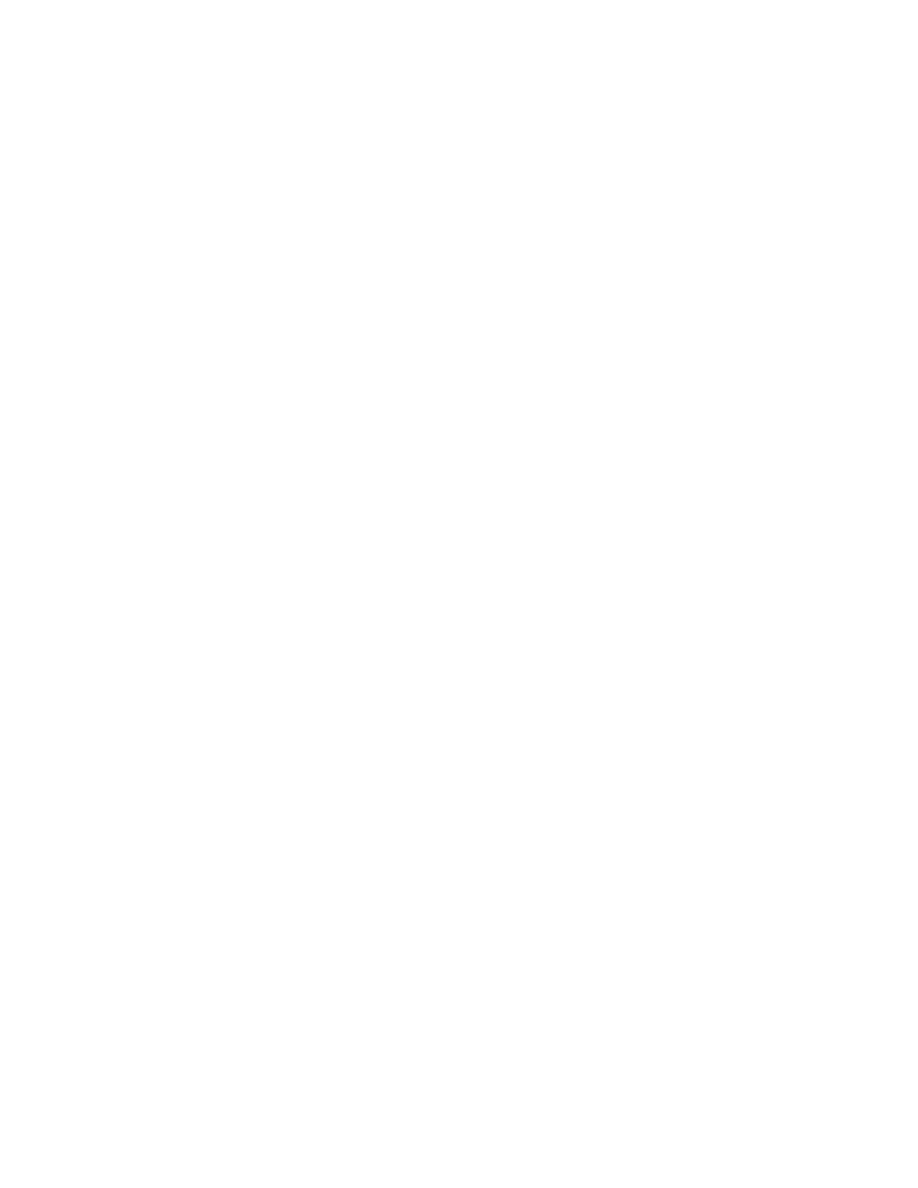SRX AWD V6-3.6L (2008)

*
Verify that adequate fuel is in the fuel tank before proceeding.
*
The fuel pump relay may need to be commanded ON a few times in order to obtain the highest possible fuel pressure.
*
DO NOT start the engine.
1. Ignition ON, command the fuel pump relay ON with a scan tool. You should hear the fuel pump turn ON and OFF for 3-5 seconds.
‹› If the fuel pump does not operate, refer to Fuel Pump Electrical Circuit Diagnosis (See: Computers and Control Systems/Testing and
Inspection/Component Tests and General Diagnostics) .
2. Ignition OFF, all accessories OFF, install the J 37287 and CH-48027 . Refer to Fuel Pressure Gage Installation and Removal (See: Fuel Pressure
Gage Installation and Removal) .
3. Ignition ON, command the fuel pump relay ON with a scan tool. Verify the fuel pressure is between 380-410 kPa (55-60 psi) and remains steady
for 5 minutes.
4. Operate the vehicle within the conditions of the customers concern while monitoring fuel related parameters with a scan tool.
‹› If the scan tool parameters do not indicate a lean condition, refer to Symptoms - Engine Controls (See: Computers and Control
Systems/Testing and Inspection/Symptom Related Diagnostic Procedures/Symptoms - Engine Controls) .
Circuit/System Testing
1. Ignition ON, command the fuel pump relay ON with a scan tool and observe the fuel pressure while the fuel pump is operating. Verify the fuel
pressure is between 380-410 kPa (55-60 psi).
‹› If the fuel pressure is more than the specified range, replace the fuel pump.
‹› If the fuel pressure is less than the specified range, remove the fuel tank and test/inspect for the following:
*
Restricted fuel feed pipe
*
Restricted or plugged fuel filter
*
Restricted or plugged strainer
*
Stuck or binding fuel level float
*
Restricted siphon jet pump
*
Restricted transfer lines between fuel tanks
*
Faulty fuel pressure regulator
*
Poor connections at the harness connectors and ground circuits of the fuel pump
‹› If you find a condition, repair as necessary.
‹› If all components test normal, replace the fuel pump.
Important: The fuel pressure may vary slightly when the fuel pump stops operating. After the fuel pump stops operating, the fuel
pressure should stabilize and remain constant.
2. Verify that the fuel pressure does not decrease more than 34 kPa (5 psi) in 1 minute.
‹› If the fuel pressure decreases more than the specified value, perform the following procedure:
1. Ignition OFF, relieve the fuel pressure. Refer to Fuel Pressure Relief (With CH 48027) (See: Fuel Filter/Fuel Pressure Release/Service and
Repair/Fuel Pressure Relief (With CH 48027))Fuel Pressure Relief (Without CH 48027) (See: Fuel Filter/Fuel Pressure Release/Service and
Repair/Fuel Pressure Relief (Without CH 48027)) .
2. Install the J 37287 between the fuel feed pipe and the fuel rail.
3. Open the valve on the J 37287 .
4. Bleed the air from the fuel pressure gage.
5. Close the valve on the J 37287 .
6. Verify that the fuel pressure does not decrease more than 34 kPa (5 psi) in 1 minute.
‹› If the fuel pressure remains constant, replace the fuel pump.
‹› If the fuel pressure drops, locate and replace the leaking fuel injector.
3. Relieve the fuel pressure to 69 kPa (10 psi). Verify that the fuel pressure does not decrease more than 14 kPa (2 psi) in 5 minutes.
‹› If the fuel pressure decreases more than the specified value, replace the fuel pump.
4. Remove the J 37287 and CH-48027 . Refer to Fuel Pressure Gage Installation and Removal (See: Fuel Pressure Gage Installation and Removal)
.
